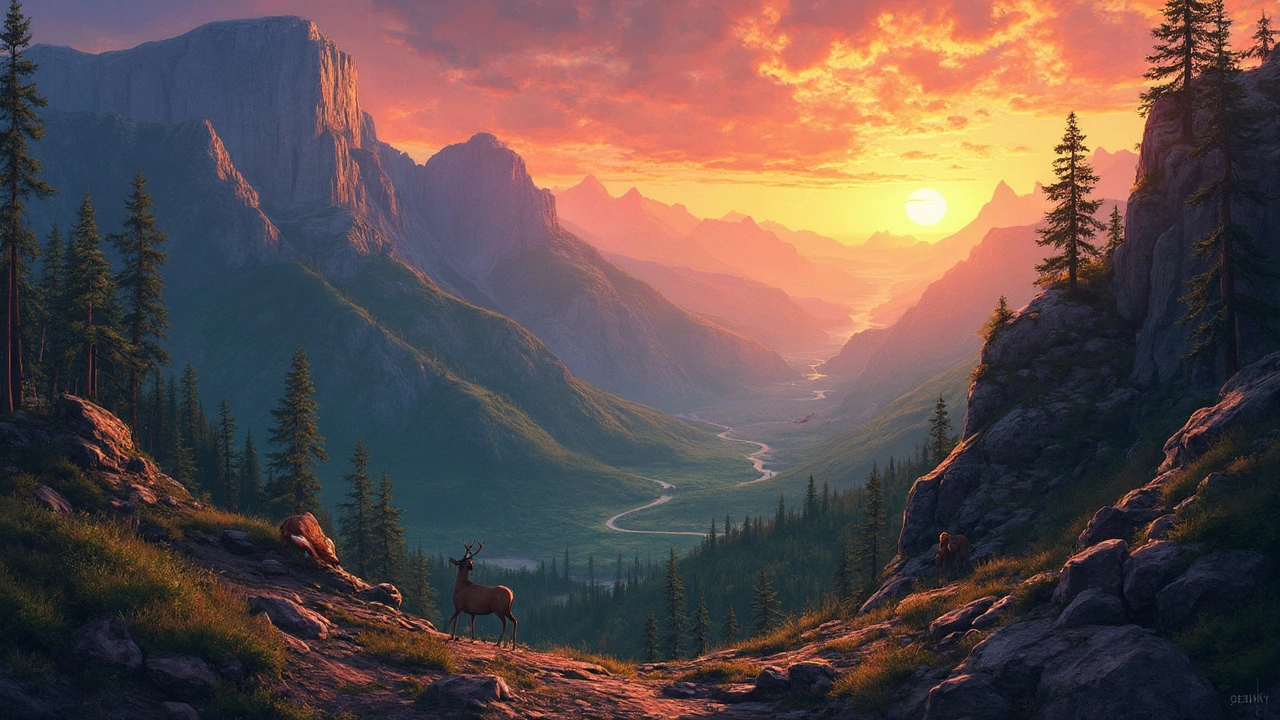Park History: Why Knowing Your Park's Past Matters
Ever wonder how your favorite park came to be? Park history gives us the background stories behind those green spaces we love to visit. Knowing where a park started and how it grew can deepen your appreciation and connection to it.
Many parks weren’t just created overnight. They often have fascinating beginnings linked to local communities, preservation efforts, or historical events. For example, some national parks protect areas that were important to indigenous peoples for centuries before becoming public lands. This rich context adds more meaning when you walk their trails or visit landmarks.
Understanding the history of parks also reveals how conservation ideas have changed over time. Early parks were set up mainly to keep land wild and provide simple recreation. Today, parks focus on more than beauty—they protect ecosystems, support wildlife, and offer educational programs.
Take Overton Park in Memphis, for example. It’s more than a city green space. It’s a historic refuge blending nature, culture, and community life. Learning its urban history helps explain why it remains so cherished by locals and visitors alike.
Even newer parks like New River Gorge National Park in West Virginia have stories worth exploring. Established recently, it quickly became a hotspot for outdoor lovers thanks to its natural beauty and adventure options. Its history as a working landscape before becoming a park adds layers to your visit.
Digging into park history can also help you make better travel plans. Knowing which parks have historical sites or special events can turn a simple hike into an enriching experience. Plus, some parks span multiple states or have unique features shaped by their past, giving you more reasons to explore.
So next time you’re packing for a park trip, spend a little time reading up on its background. You’ll uncover stories that make your visit more engaging and meaningful. Park history isn’t just about dates and facts; it’s about connecting with the natural places that shape our lives and communities.
